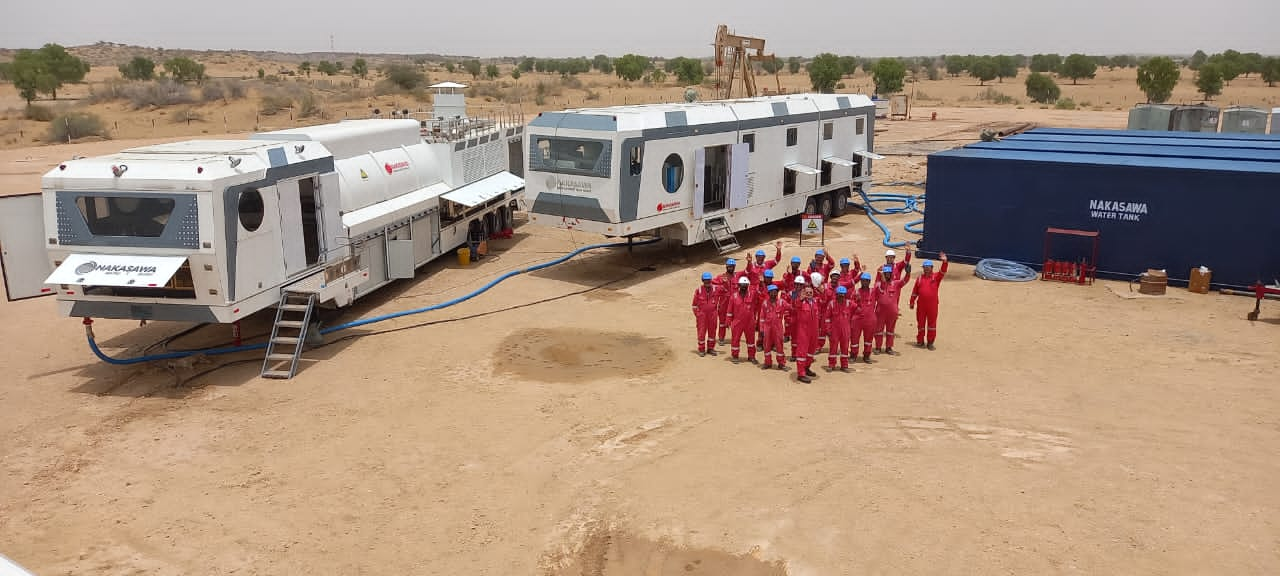
In the highly competitive and dynamic oil and gas industry, operational efficiency and adaptability are crucial for success. To achieve positive results in a Cyclic Steam Stimulation (CSS) pilot project, strategic planning plays a crucial role. From selecting the service company to carry out the process, to capturing information, conducting analysis, and studying the reservoir, each step is fundamental. In this article, the key steps to be considered during the execution of the process will be thoroughly detailed, providing a step-by-step approach to achieve the desired success.
The key steps in the CSS pilot project are briefly described below:
- Cold Production: Oil, from heavy oil reservoirs, will be conventionally produced (cold production) for at least two months prior to CSS stimulation. This establishes a baseline for monitoring production variables and fluids, and evaluates the energy behavior of the area, including pressure, flow, and other factors.
- Steam Injection: After the initial cold production and information capture, the well will be converted for steam injection and hot production. The conventional production string will be removed and replaced with a thermal- specific injection tubing, a heat-resistant pump, and thermal-rated downhole pressure and temperature gauges. Approximately 150-250 tons of steam (equivalent to 945-1575 barrels of water) will be injected per well per day, at a maximum temperature of 600 °F (315 °C), for 15-21 days.
- Soaking: The well will be shut down for 5 to 7 days to allow the heat to dissipate in the near-well area, reducing oil viscosity and facilitating flow towards the well. Monitoring of surrounding production wells will be conducted to assess any potential effects of the steam injection. Proper well spacing and separation should be considered. This phase is crucial for the transfer of heat from steam to the reservoir and fluids.
- Hot Production: After the soaking period, the well will be converted into a hot producer by installing and/or connecting the pump, which will initiate production of hot oil, water, and possibly increased gas volumes.
- Treatment: The produced fluid will be transported via pipelines or tanks to the treatment plant. Water and gas present in the produced fluid will be separated from the crude, which will then be stored in tanks before being transported to the refinery.


